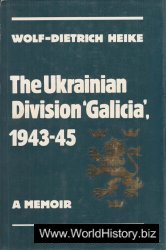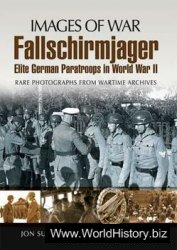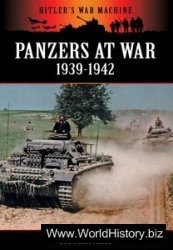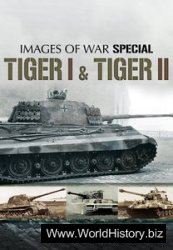In the last biennial report he presented to the Secretary of War on September 1, 1945, General Marshall had entitled his chapter on the Pacific campaign in 1943 "Relentless Pressure”. He introduced it in the following terms:
"It had always been the concept of the United States Chiefs-of-Staff that Japan could be best defeated by a series of amphibious attacks across the far reaches of the Pacific. Oceans are formidable barriers, but for the nation enjoying naval superiority they became highroads of invasion”.
We must now consider the means put at the disposal of the commanders to exert this pressure and to crush the "advances” made by the enemy in the Pacific during the first half of 1942.
1. The South-West Pacific Area At the headquarters of the C.-in-C. SouthWest Pacific, General MacArthur, they
<] Scene aboard one of the brand-new Essex-class carriers which would give the U. S.
Pacific Fleet an overwhelming superiority in naval air power.
A Landing supplies by artificial jetties-and gaining invaluable experience for the day when the big assault on "Fortress Europe” would be made.
V Rifles bristle as an amphibious D. U.K. W. comes ashore.
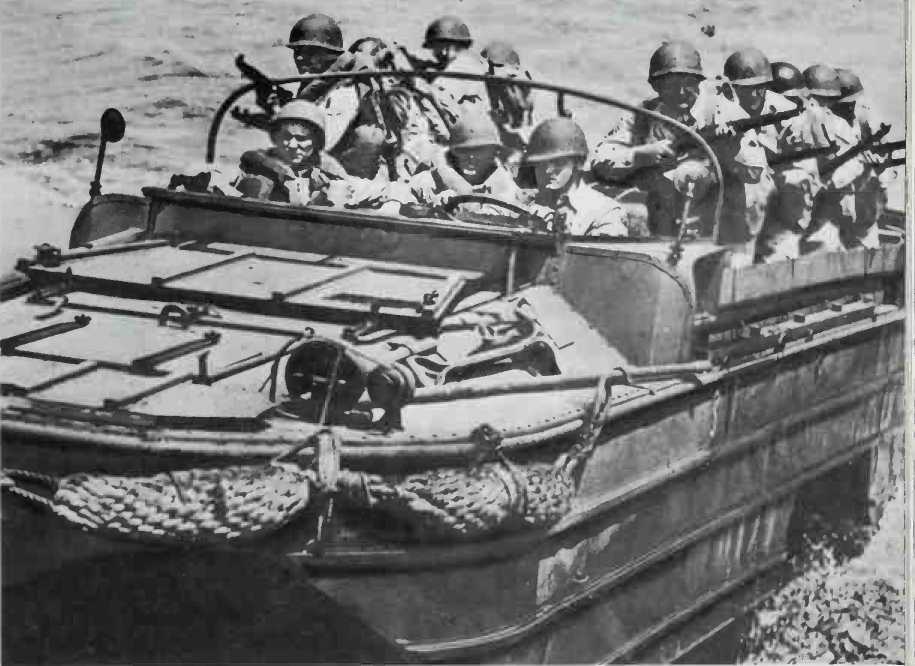
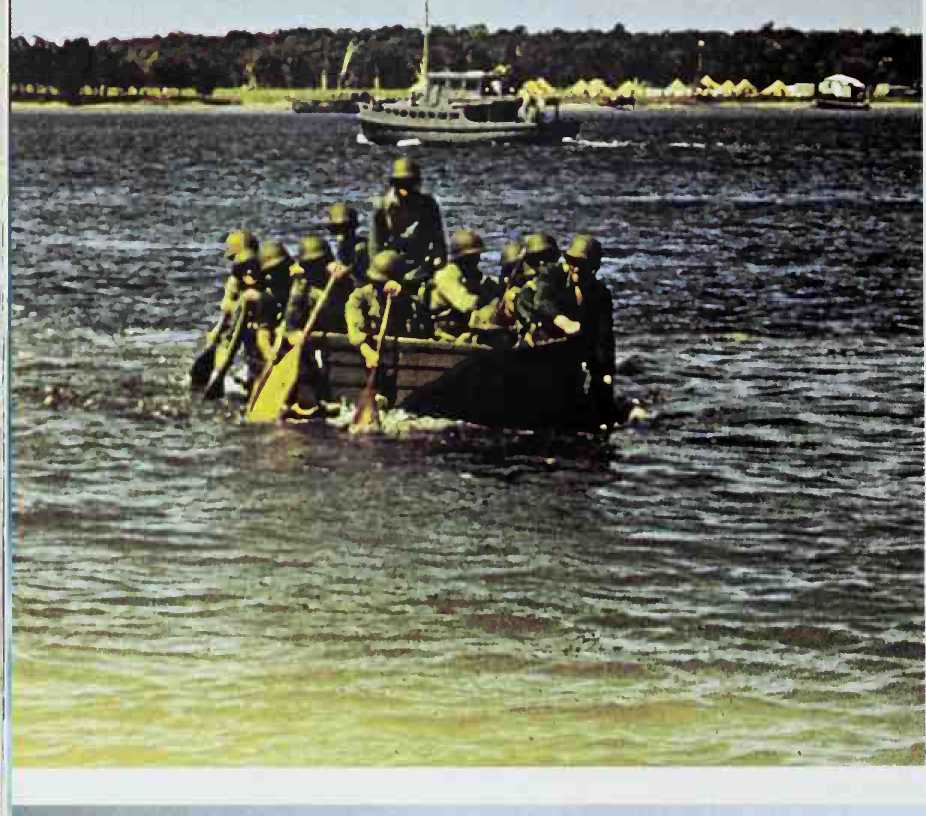
Complained of having to fight a war "stony broke”, a "Cinderella War”, and being driven to "sling and arrow operations”. Even so, on July 1, 1943, Mac-Arthur had the Australian Army (ten divisions), a New Zealand contingent, and four American divisions (to be raised to eight by the end of the year). He was supported by the U. S. 3rd Fleet (Admiral William F. Halsey), although this was not put expressly under his command. Finally he had authority over Major-General George F. Kenney’s 5th Air Force, which at the same date of July 1 had 150 four-engined bombers. Some months later the Pentagon allotted him the 13th Air Force (Major-General Nathan F. Twining). From this it will be concluded that the SouthWest Pacific theatre of operations was less deprived than General MacArthur’s entourage might have led one to believe. The opposing forces were no stronger.
However, MacArthur did not complain of the scarcity of his resources and then sit back and do nothing: on the contrary he manoeuvred his divisions, his squadrons, and his warships with considerable determination and skill.
2. The Central Pacific Area In the Central Pacific theatre, under the command of Admiral Nimitz, Lieutenant-General Robert C. Richardson Junior
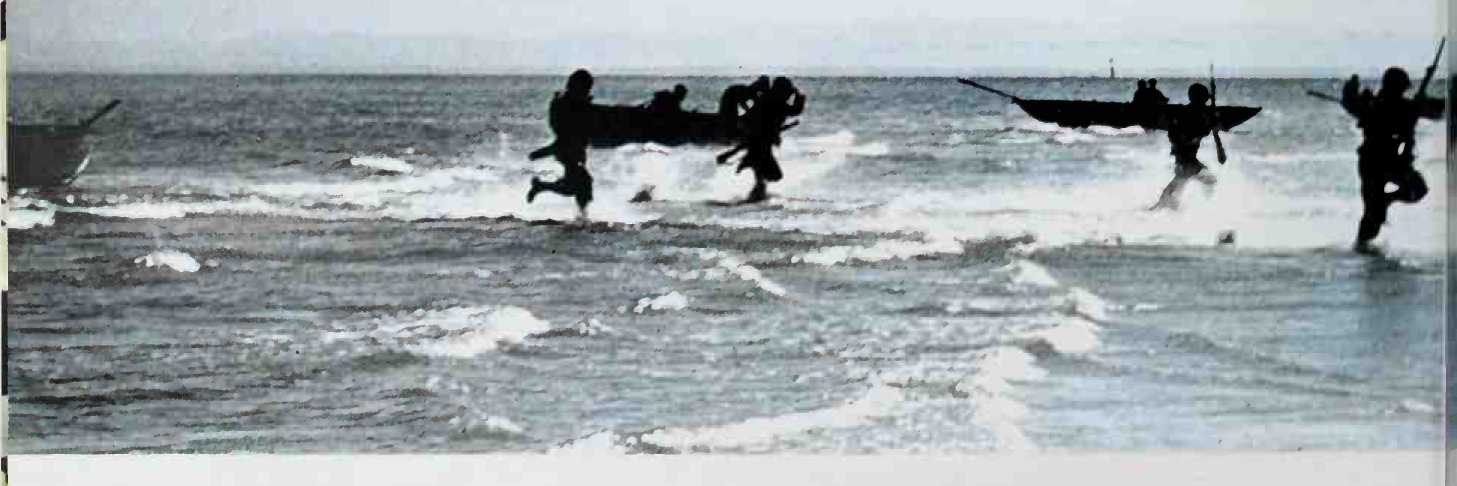
Had on July 1 nine Army and Marine divisions and was energetically training them for amphibious operations which, during the forthcoming autumn and winter, would give the Americans possession of the enemy’s forward defensive posts on the Tarawa, Makin, Majura, and Eni-wetok atolls. This offensive, like Mac-Arthur’s, evidently depended on the naval or, even better, the naval-air superiority of the United States over Japan.




 World History
World History